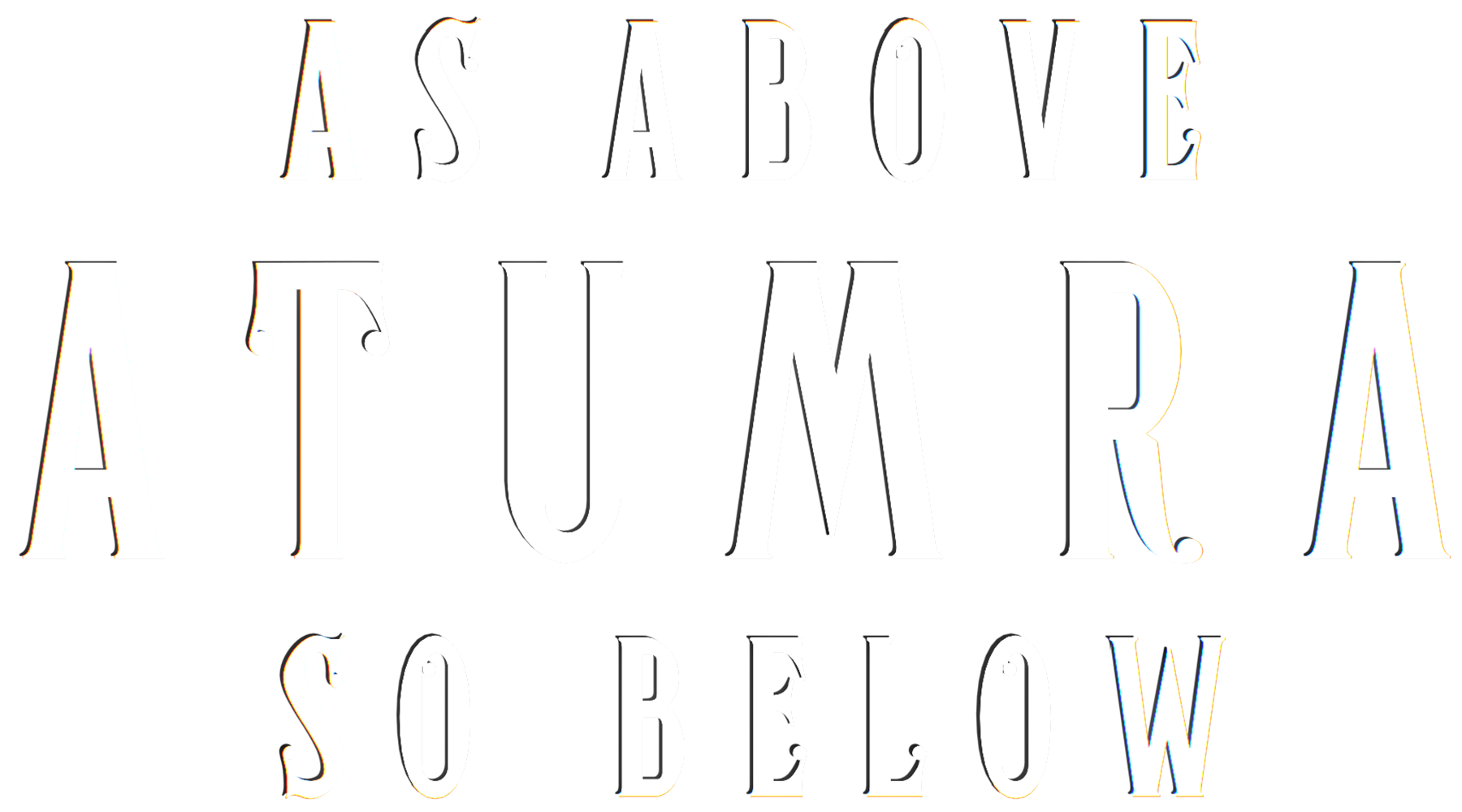
AtumRa has a wide ranging set of gameplay elements starting with simple standard movement controls the player is slowly introduced to more advanced game play elements. Each new element and its associated controls becomes part of the players toolkit as they explore the diverse and challenging worlds within the game universe and meet interesting characters and learn to use their skills and abilities to solve increasingly fiendish challenges.

The main elements of game play can be divided into the following main areas, some of these are fully implemented and some will be implemented as the game development progresses.
Direct Keyboard, Mouse or Game Controller Actions
These include:-
- Basic Movement Controls.
- Advanced Movement Controls such as Slide and Jump, Attack and Combination Moves.
- Controls to access the other game play aspects below.
journal AND NOTES Systems
The Journal systems includes:-
- The Journal itself that records key events in the game including the cut scenes. This system includes the ability for the player to add their own notes and includes maps with player annotations.
- The Notes System where clues and notes discovered by the player as they explore are kept and can be referred to.
- The Gameplay System where the in context instructions on how to play the game will be logged after they are encountered in the game so they can also be referred to.
Inventory Systems
The Inventory Systems are Character specific inventories but with the ability as the game progresses to transfer items between characters both in the same realm and in different realms, which in itself will form part of the game puzzles. The inventory systems include-
- Inventory items that are permanent unless dropped or used in a puzzle or challenge.
- Consumable items that can be used to achieve certain tasks such as picking locks or charging systems.
Collectables and Achievement Systems
This a game wide collectables inventory that allow players to assemble level and general talismans, medals and badges. These relate to main game progression achievements, side quests and hidden or hard to obtain collectables.
The collectables as well as granting achievements in the game, some which will be very hard to get can also be used or converted to achieve skill related activities, such as increasing skill levels and merging or transferring of skills.
The Character Team and Soul Vault
These are screens that show all the characters in your team that you have unlocked and what soul currently inhabits each of them. It also allows soul swapping, soul merging and character creation and customisation.
Interactive Environment
The environment is interactive and includes:-
- Objects that can be carried, thrown and used, including such diverse objects as lamps, hammers, crowbars, slabs of stones, boxes, balls. The player can use these to overcome various challenges by for example, stacking them and standing on them, throwing them to a place where they can be used and breaking open other objects, doors, etc..
- Interaction Points such as switches, doors, floor panels, rotating or moveable objects, that the character can interact with to trigger changes, open or unlock other parts of the level or the game.
- Mini Games are self contained focussed interaction screens where the player enters the game to achieve an outcome, examples are lock picking, combination, mathematical puzzles etc..
- Destructible or Movable Environment for example sand and plants that will distort when the player moves through it or interacts with it and thus can be interacted with to reveal hidden objects or interaction points.
Advanced Skills Usage
Every character has specific skills and abilities that relate to that characters and their soul and thus most can be transferred to other characters with a soul transfer. There are three types of Advanced skill that a character can have.
- Passive, these are skills that always active and will allow the character with that Soul to benefit from them being present, for example Akira has Athletic skills and can jump higher and further and Sia has telekinetic skills and can use them to assist in picking up heavier objects and manipulating them.
- Reactive, these are skills that react to a given outside environmental or game event for example immunity to toxins or the ability to reflect fireballs.
- Activated, these are skills that are activated by the player when required, for example Akira’s lockpicking ability and Sia’s insight system that allow him to see hidden things.
Game Management
The game management systems include:-
- Game Save and Load Systems, there is both an auto save system after key events and accomplishments and a manual save system. The user can reload games from the past as required. This system is also used for time travel related puzzles and challenges.
- Game Settings , as in all games there is a game options system for controlling audio and video aspects but in addition to this there are options for difficulty, clue level and game complexity that engender different levels of achievement.


- In Context Game Instructions
- Standard Movements
- Interactable Environment
- Self Building Notes
- More Notes
- Environment Changes
- In Context Reticule
- Consumables System
- Character Specific Inventories
- Clues on Objects
- Manipulate Inventory Items
- Special Objects Needed To Progress
- Hidden Objects And Collectables
- Extensive Game Management
- Auto And Manual Saves
- Carry Objects To Interact With Environment
- Instructions For New Abilities
- All instructions in journals
- Destructible Environment
- Customisable Controls
- Carriable Objects
- Complex Puzzles
- The Notations Increase
- Sia has an Inventory Aswell
























